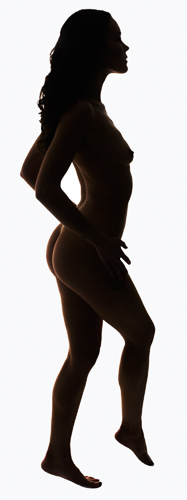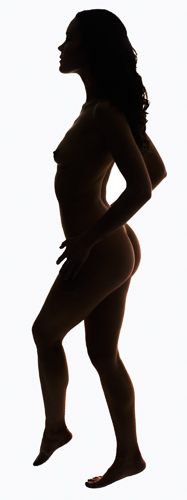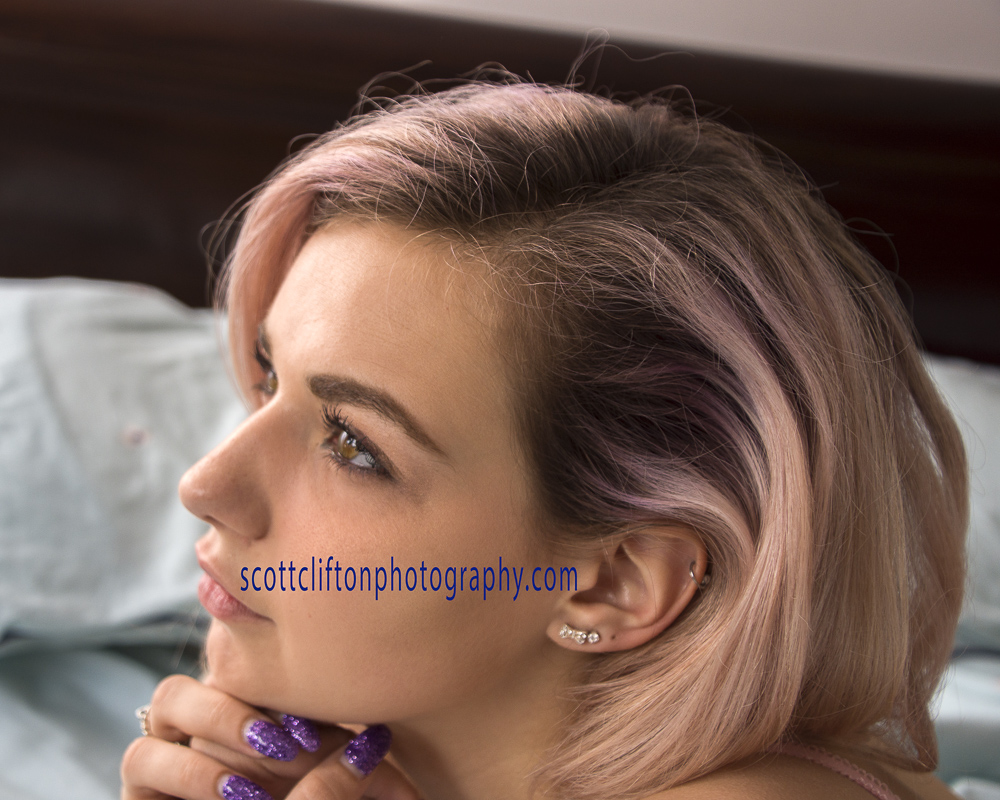
Scott Clifton Photography


Scott Clifton Photography


I've taken many photographs of a sensitive nature over the years and I've found that the most important factor in a successful photoshoot is that the subject(s) feel comfortable. Not pressured! Not cold! Not worried!
It's meant to be fun!
It is normal to feel some apprehension before a photoshoot! No one has a perfect physique (not even professional models!). The best way to handle such anxieties is to accept that this is normal, take some care with any
makeup you intend to apply, similarly for your hair, and remember that all bodies are beautiful in their own way.
I do several things to help the shoot be a success (but you may have to turn the heating up, not me!):
1. I will have had extensive discussions with you, the subject(s), to establish the objectives of the shoot, and boundaries.
2. The shoot will be conducted with my camera attached to my laptop, and this will display the images as they are taken. So you'll know what is being photographed!
3. We will have discussed beforehand what happens to the images at the end of the shoot. Broadly, there are basically 2 options. You take the only images away with you to do with them what you want, and I will delete them from my camera. Or, I will take the images away
(taken in RAW format for greater image quality), process them in Adobe Lightroom and Photoshop, and then send the good images back to you. I will then delete my copies if requested (I recommend waiting a while for this in case you decide you want more processing done).
I generally prefer option 2 for two reasons. Firstly, inspecting the images after the shoot allows me to identify any errors on my part and learn from the experience. Secondly, with option 2 I maintain some rights over the images regarding commercial exploitation. In certain cases I will surrender my rights but there may be costs implications for you if I think you
are likely to use my work for commercial purposes!
4. My experience is that when working with people unused to posing, shoots are best conducted in a "domestic" environment (house or flat, or hotel room),
rather than in "proper" photostudios, as the latter tend to be rather intimidating, impersonal places. For a successful photoshoot the room used
needs to have a clear wall to form the background and, preferably, a clear space in front of it. If this is not possible I can bring an erectable screen.
5. On request, I will take any particularly sensitive poses so that faces are hidden or made unrecognisable. I will do this by means of the pose adopted, by post-processing blurring, or by use of a lens with a narrow depth of field.
6. I usually start shoots off with some simple head and shoulders portraits. This gets us all settled down, the kit checked out, and the conversation flowing. Only after this, will we move onto more risque shots (if that is what is required).
I caution all clients that taking quality photos is not a quick business! There is no substitute for careful, deliberate work, and trying various things until an acceptable result is achieved. So there is an effort v quality tradeoff and I'll need your guidance there!
After a shoot I may (with your permission) take the images away and post-process (ie improve!) them with Adobe Lightroom and Adobe Photoshop. I will send you the best ones within 7 to 10 days.